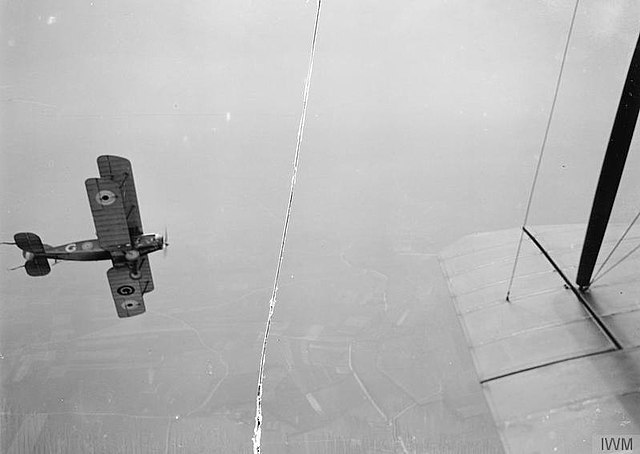Paris Peace Conference (1919–1920)
The Paris Peace Conference was a set of formal and informal diplomatic meetings in 1919 and 1920 after the end of World War I, in which the victorious Allies set the peace terms for the defeated Central Powers. Dominated by the leaders of Britain, France, the United States and Italy, the conference resulted in five treaties that rearranged the maps of Europe and parts of Asia, Africa and the Pacific Islands, and also imposed financial penalties. Germany, Austria-Hungary, Turkey and the other losing nations were not given a voice in the deliberations; this later gave rise to political resentments that lasted for decades. The arrangements made by this conference are considered one of the great watersheds of 20th-century geopolitical history.
Johannes Bell of Germany is shown signing the peace treaties on 28 June 1919 in The Signing of Peace in the Hall of Mirrors, by Sir William Orpen.
The British Air Section at the conference
The Australian delegation, with Australian Prime Minister Billy Hughes in the center
Woodrow Wilson, Georges Clemenceau, and David Lloyd George confer at the Paris Peace Conference (Noël Dorville, 1919)
World War I or the First World War was a global conflict between two coalitions: the Allies and the Central Powers. Fighting took place throughout Europe, the Middle East, Africa, the Pacific, and parts of Asia. One of the deadliest wars in history, it resulted in an estimated 9 million soldiers dead and 23 million wounded, plus up to 8 million civilian deaths from numerous causes including genocide. The movement of large numbers of troops and civilians during the war was a major factor in spreading the 1918 Spanish flu pandemic.
Image: Bataille de Verdun 1916
Image: The Royal Flying Corps on the Western Front, 1914 1918 Q12059
Image: Przemysl Fortress Bain LOC 19648
Image: Arab Camel Corps








